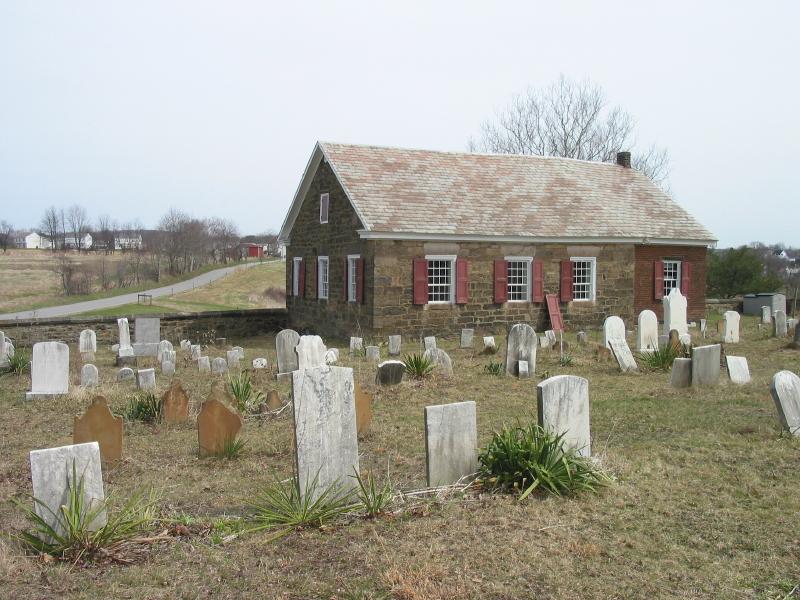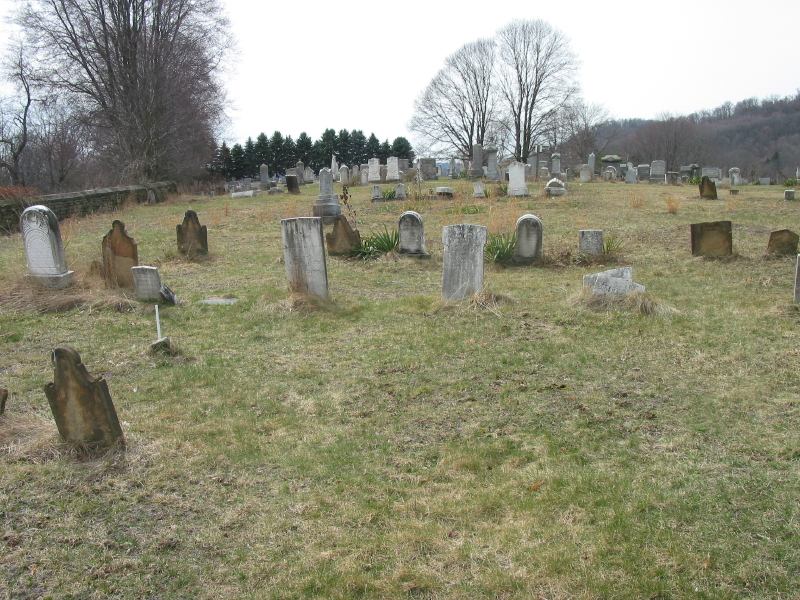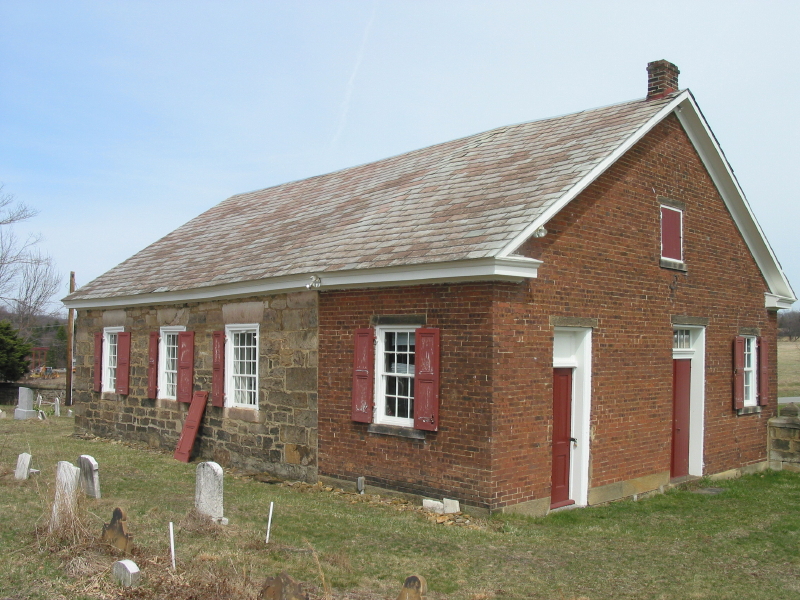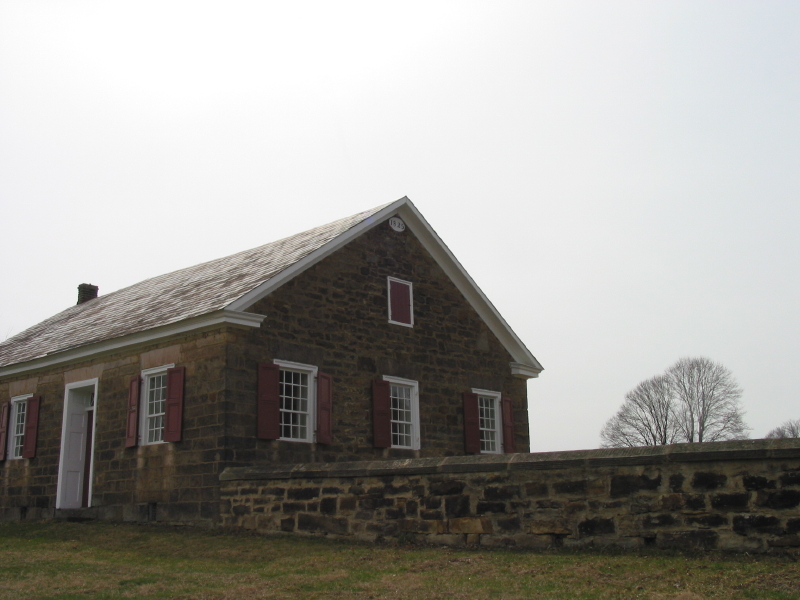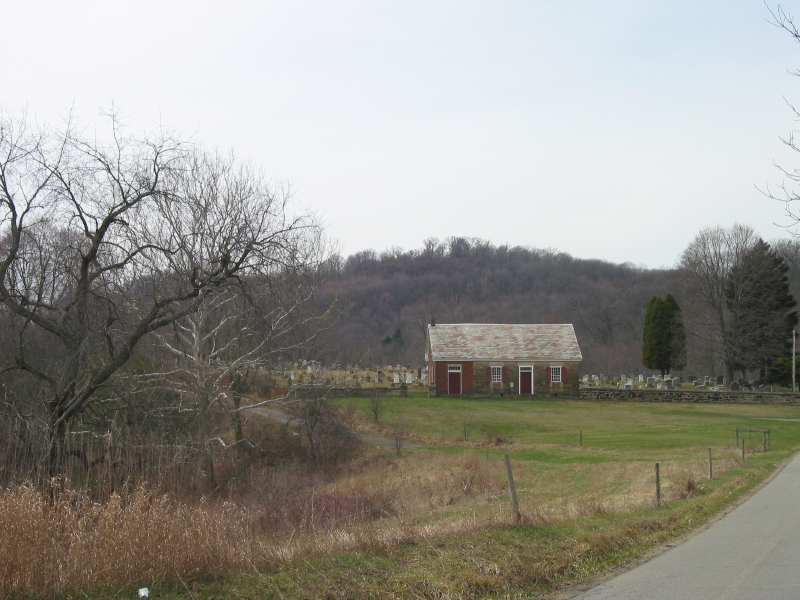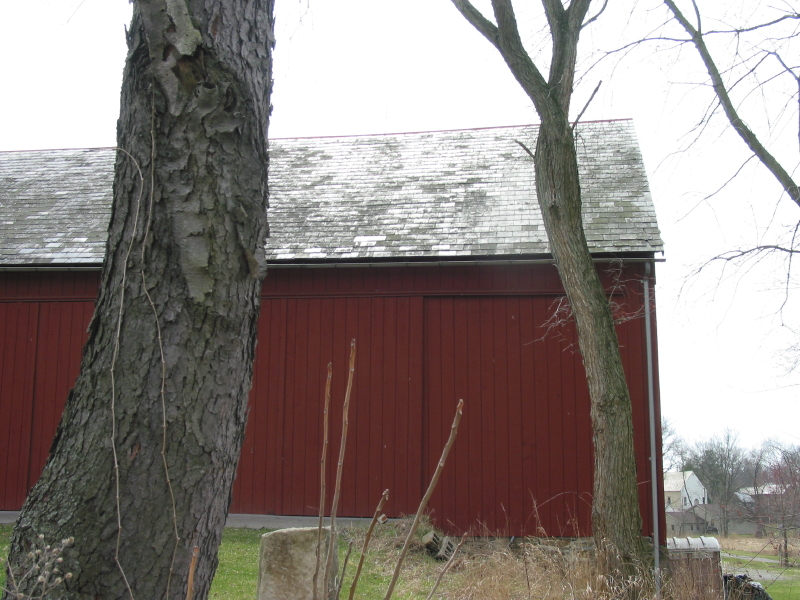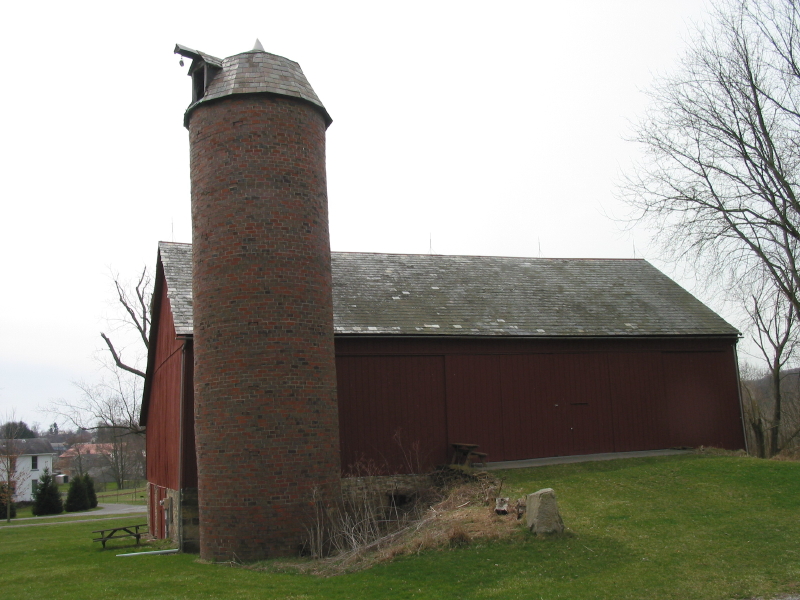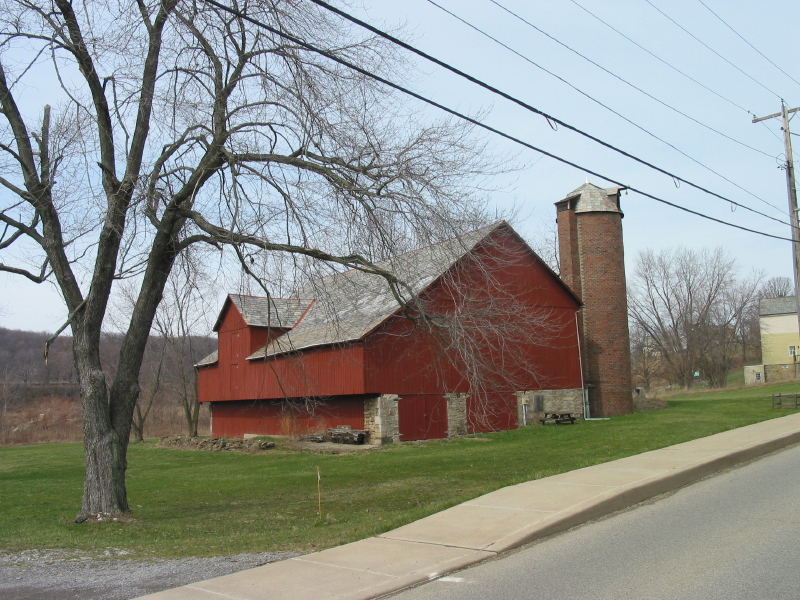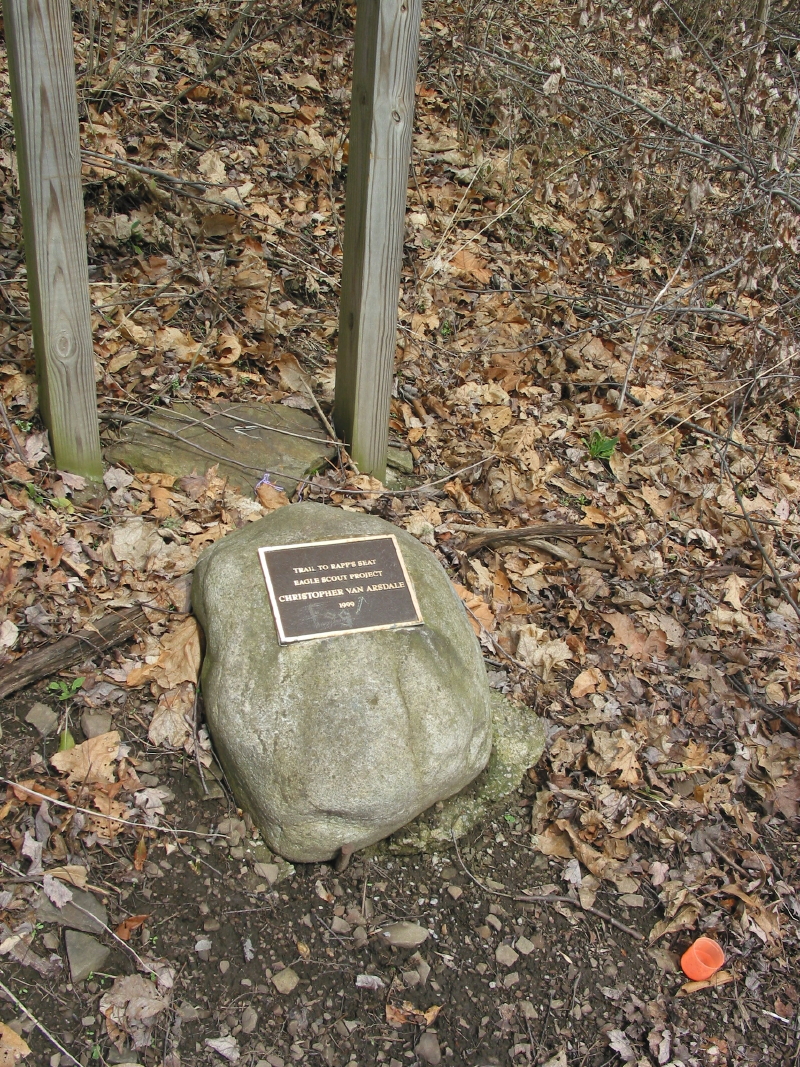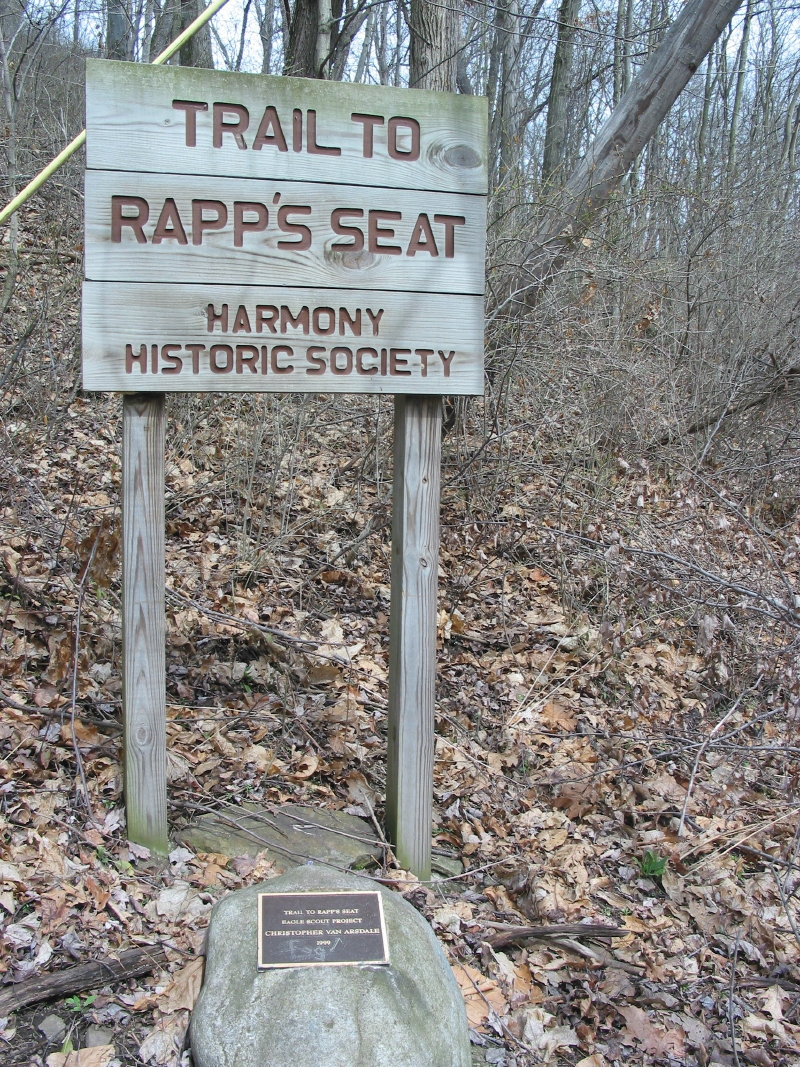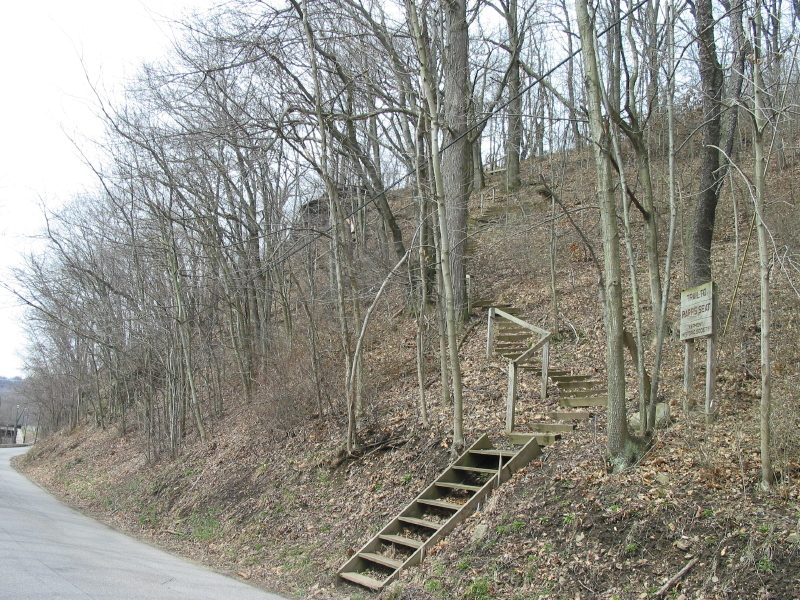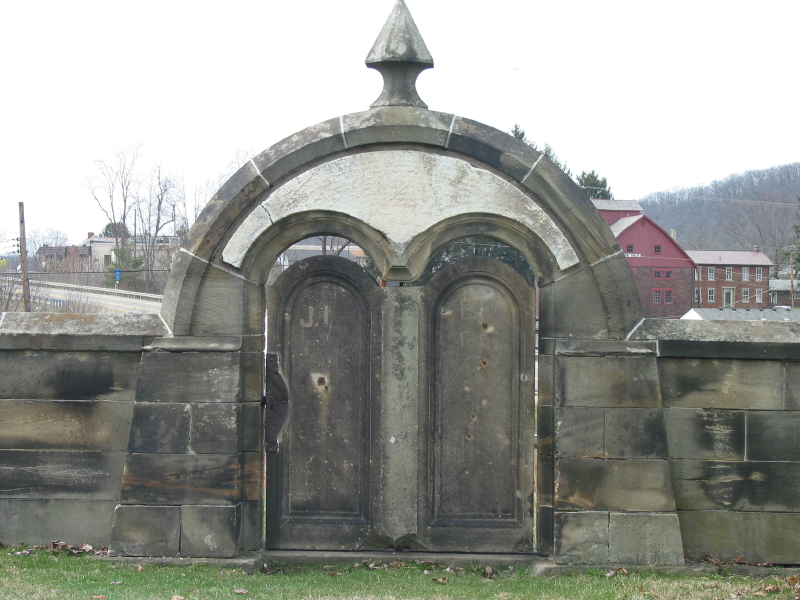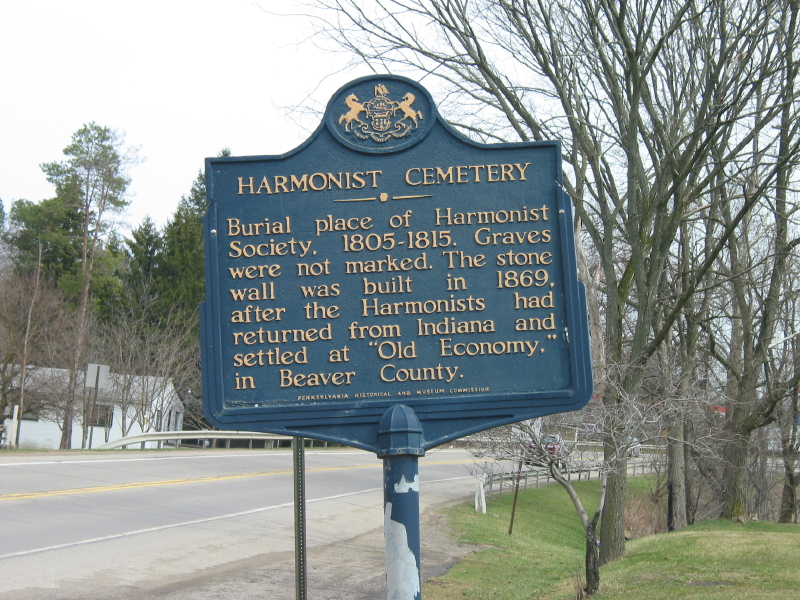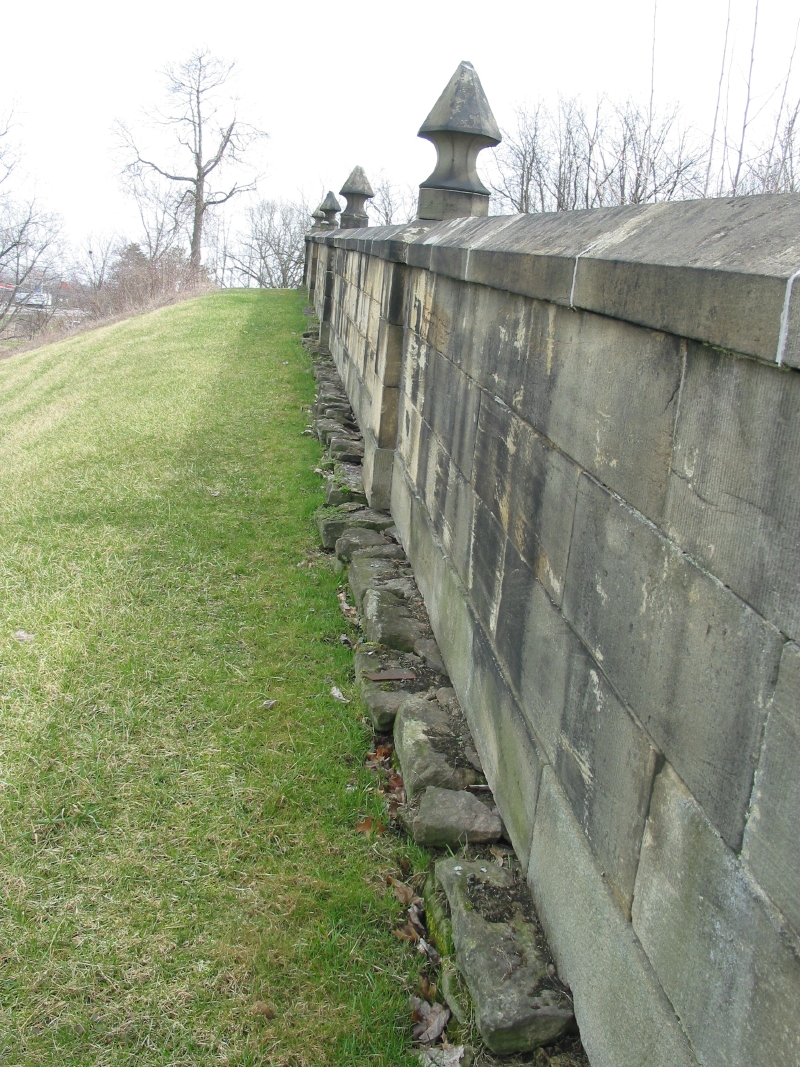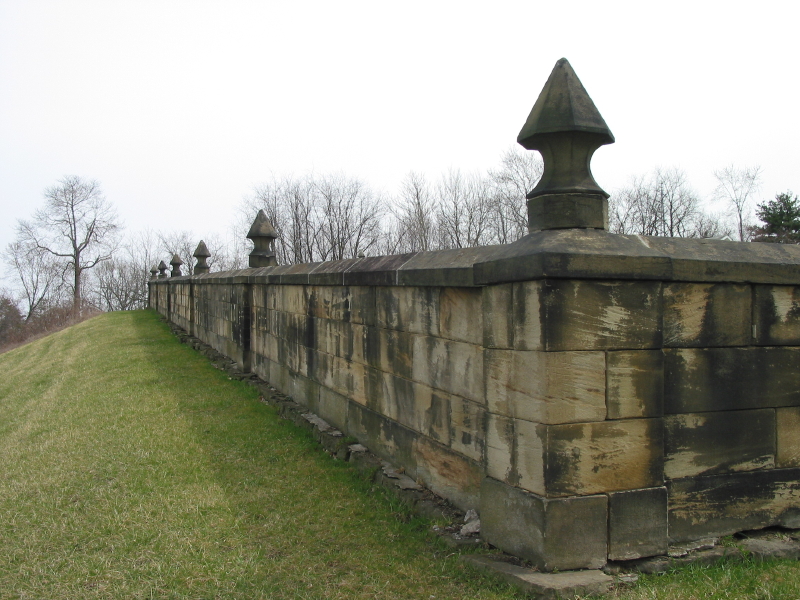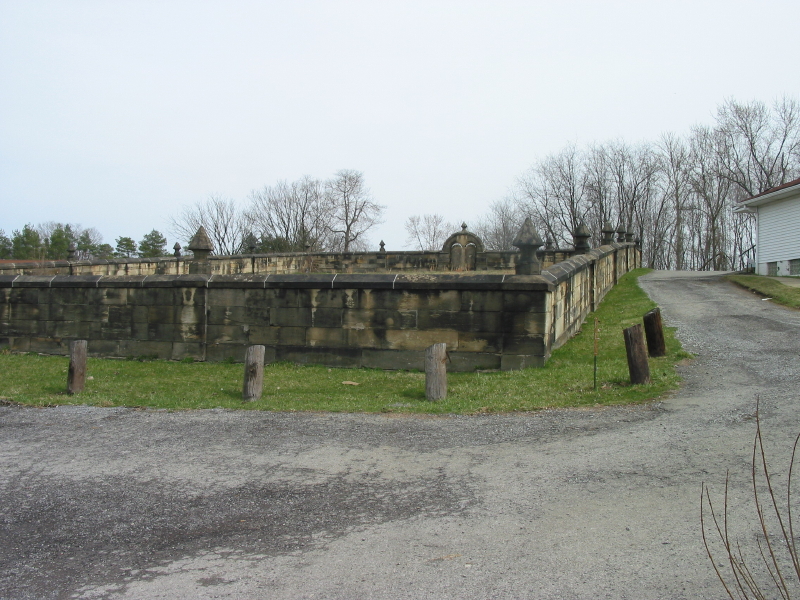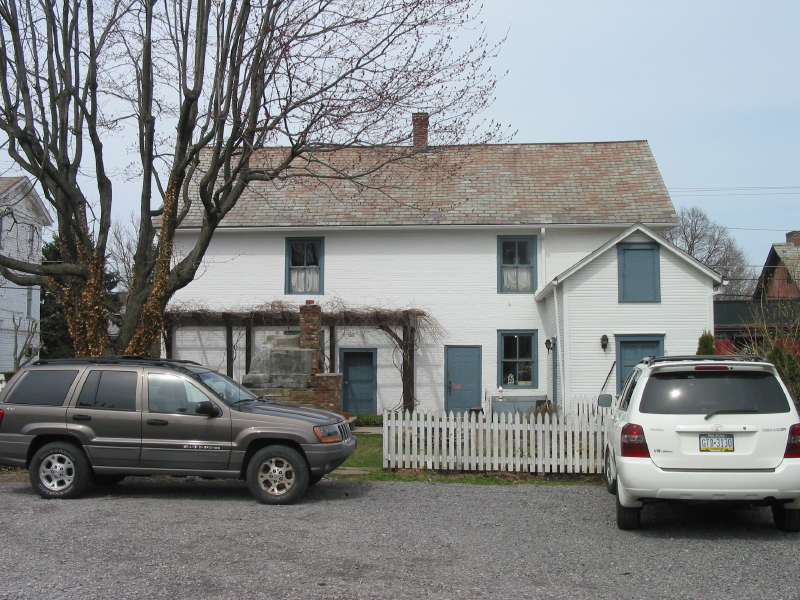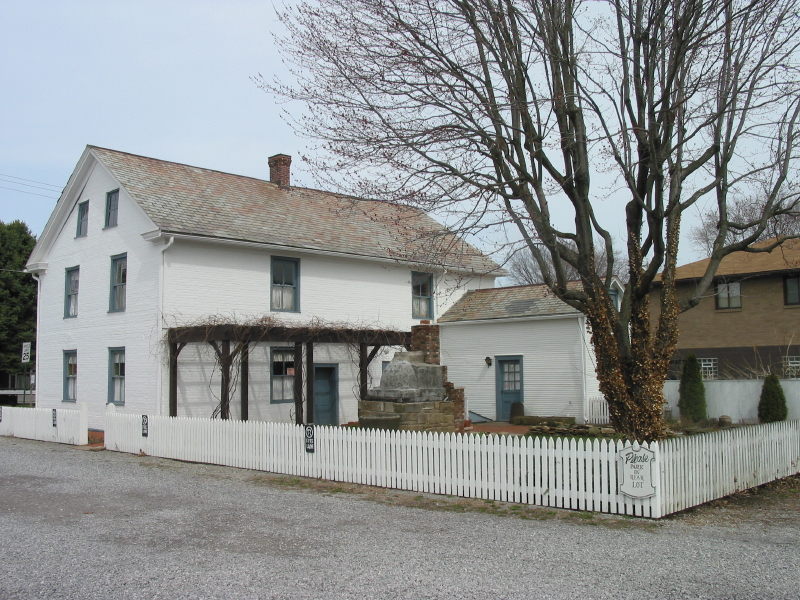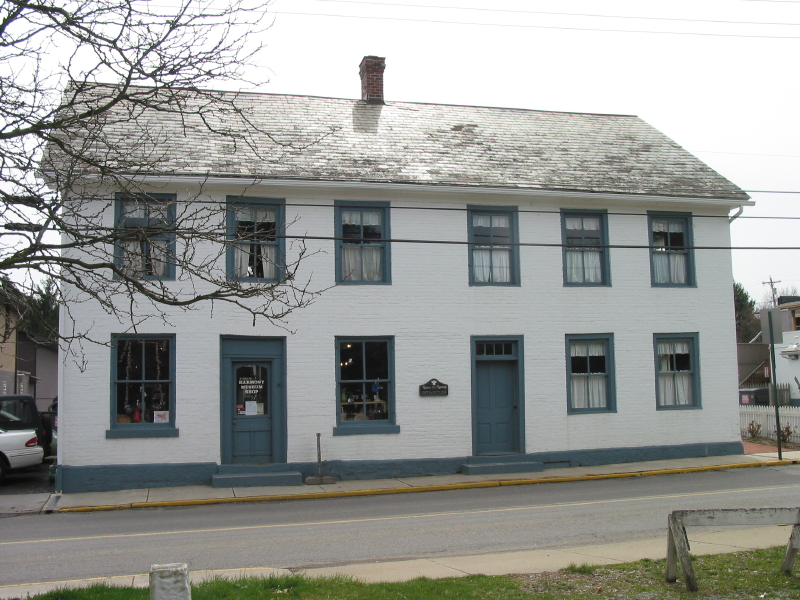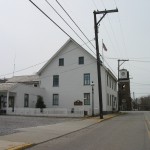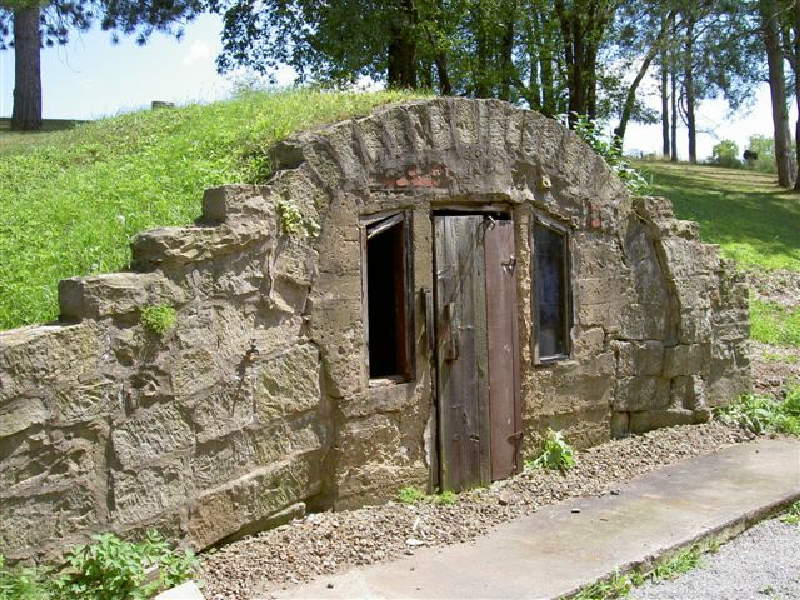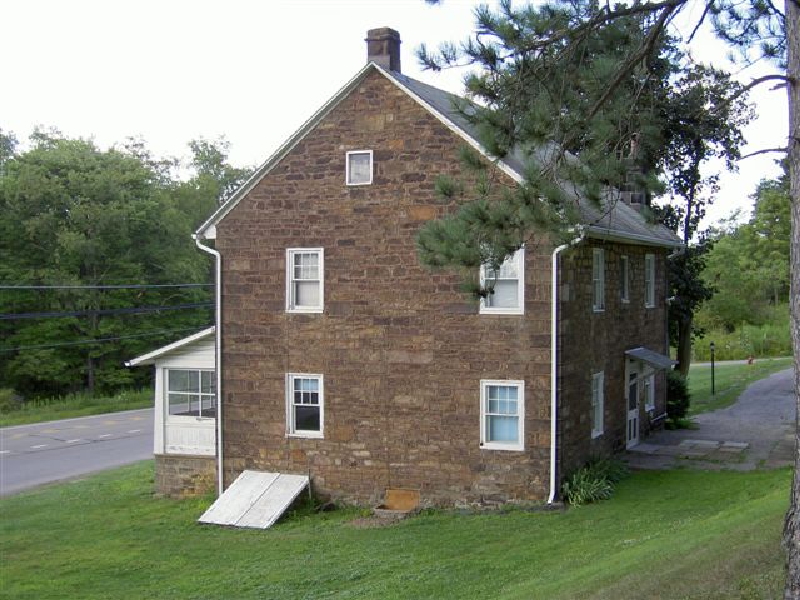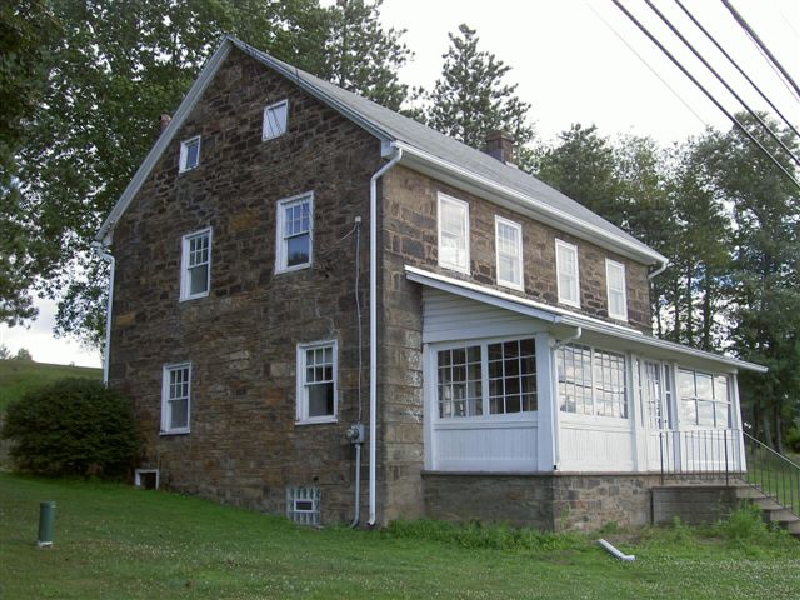
Category Archive: Preservation News
-
Stanley Lowe
PHLF News
July 24, 2009On Saturday, July 18th, PHLF was informed that Stanley Lowe, long the Director of the Manchester Citizens Corporation as well as a former employee of PHLF, was abducted from his Manchester home, severely beaten, repeatedly stabbed, and forced to an ATM machine to withdraw money. Fortunately, he was quickly discovered, and was taken to Mercy Hospital.
Stanley’s family said, “Stanley’s condition continues to improve, and his recovery is progressing better than expected. As his recovery is ongoing, however, we ask everyone to please continue to honor the family’s request that Stanley be allowed to recuperate in private.”
Stanley has been discharged from the hospital and is recuperating. He appreciates everyone’s interest and asks for time to recover from his multiple wounds. We are pleased to report that one of his alleged assailants is now in custody.
We are providing two links to an excellent editorial from the Pittsburgh Tribune – Review in support of Stanley and a Tribune – Review article on the capture of one of the suspects.
The Tribune-Review is published by Richard M. Scaife, who first supported our organization in the 1960s in our efforts to begin the Manchester Restoration program. As a teenager, Stanley became involved and subsequently led that program for many years. Just recently he returned to Pittsburgh from the National Trust to work with us on revising the Manchester Restoration plan; we are to present it to the City in August.
Mr. Scaife feels that Stanley’s years of work in Manchester should be honored and he should be encouraged to continue those endeavors when he recovers. To that end, the day after the attack on Stanley, Mr. Scaife made a major personal donation to our Manchester Restoration program in honor of Stanley and to let him know that we want to see him back on the job, leading this work that is so important to Stanley and to our community.
Stanley is our friend of over 40 years, the leader of restoring Manchester, and is in our view the leading African American preservationist nationally. We will continue to provide updates.
-
Historical Preservation Workshop: Saturday, July 25, 2009


-
Arthur P. Ziegler, Master Preservationist
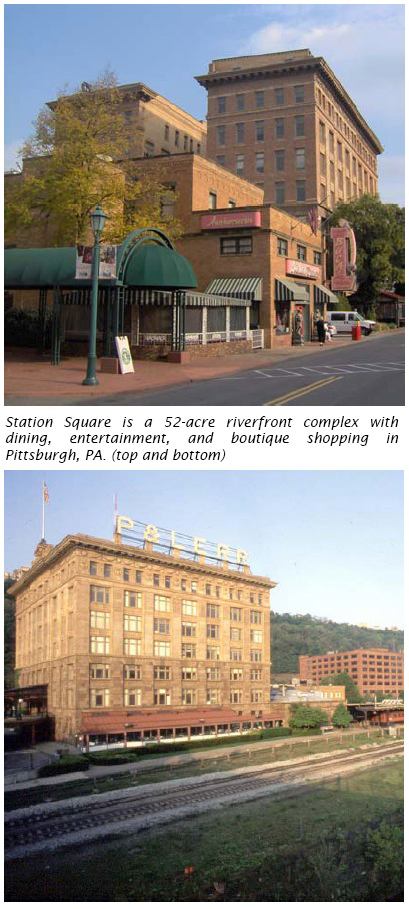 Historic Preservation Planning Alumni, Cornell University
Historic Preservation Planning Alumni, Cornell University
Ithaca, New York
By Nathaniel C. Guest
June 9, 2009“If you want to know preservation, follow Arthur Ziegler around for a few hours.”
This is what a friend from the National Trust told me a little while back. And in a rare bit of serendipity, I did.
On April 10, 2009, Arthur Ziegler, a living legend in the preservation world, addressed the next generation of preservationists and planners at Cornell University. Taking advantage of a rare bit of Ithaca sunshine, I offered Mr. Ziegler the five-cent-tour of the campus during the hour before his lecture. His visit would coincide with “Cornell Sustainability Month,” and the university was littered with advertisements for “eco” this and “green” that.
Now, please don’t read anything into my tone; as a proud Cornellian, I have to say we do a fairly good job at being critical about what is sustainable and what is just clever marketing. That said, the rest of the world has set the bar rather low for us. I’ve always thought it a bit ironic that in a culture as consumptive as ours that the word “sustainable” should be much a part of the popular lexicon.
Offering a lecture entitled “Pittsburgh as People and Place,” Mr. Ziegler didn’t come to Cornell to address sustainability. Whether he intended it or not, though, he hit it head-on.
A dean in the art and science of saving places, Arthur’s work has proceeded with the understanding that any plan or policy that is ultimately successful—that is, “sustainable” beyond the buzzword—is by necessity not just ecologically conscious but equally importantly socially just and economically responsible.
As Mr. Zielger has shown, these principles are not roadblocks but stepping stones. Using them, he has led his Pittsburgh History and Landmarks Foundation from an inauspicious start—a slide projector, a brochure, and $750 in 1964—to a multi-million-dollar preservation powerhouse in 2009.
 Promoting historic preservation as an effective means to create affordable housing, healthy neighborhoods, and economic development, Mr. Ziegler founded the PHLF to combat urban renewal policies that literally and spiritually devastated much of Pittsburgh. Displacing thousands of residents over several decades, a “clear-cutting” renewal policy in the era before the PHLF left Pittsburgh one of the most segregated cities in America.
Promoting historic preservation as an effective means to create affordable housing, healthy neighborhoods, and economic development, Mr. Ziegler founded the PHLF to combat urban renewal policies that literally and spiritually devastated much of Pittsburgh. Displacing thousands of residents over several decades, a “clear-cutting” renewal policy in the era before the PHLF left Pittsburgh one of the most segregated cities in America.Through the PHLF, Ziegler spearheaded the first urban renewal program in the nation that used urban development monies for preservation rather than demolition. PHLF’s Manchester neighborhood project was the first urban renewal project to create a preservation district within a predominantly African-American neighborhood and the first to be administered by the residents themselves.
It is unique in that it preserved the neighborhood both architecturally and culturally, simultaneously avoiding both further blight and gentrification. Indeed, Mr. Ziegler’s work has been as much about social justice for disenfranchised populations as it has been preserving important places.
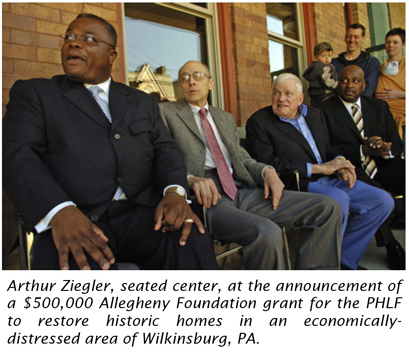 “To preserve an historic building is to save an artifact. To preserve an historic neighborhood is to save a way of living,” said Mark Fatla, executive director of Pittsburgh’s Northside Leadership Conference. “Arthur understood this far better than anyone else, and far sooner than anyone else. He has succeeded at it far longer than anyone else,” he continued.
“To preserve an historic building is to save an artifact. To preserve an historic neighborhood is to save a way of living,” said Mark Fatla, executive director of Pittsburgh’s Northside Leadership Conference. “Arthur understood this far better than anyone else, and far sooner than anyone else. He has succeeded at it far longer than anyone else,” he continued.This is a crucial aspect to sustainability that mere “green building” absent historic preservation cannot accommodate. Just as we question the “greenness” of any building whose construction sends another building to a landfill, we must question the social justice of “revitalization” that razes neighborhoods or displaces its residents.
The upheaval and social disorder following in the wake of Pittsburgh’s urban renewal suggest that the sort of “root shock” caused by aggressive demolition in minority neighborhoods should be every bit as distressing to planners as the targeting of such neighborhoods for locally unwanted land uses.
Insensitive re-development makes even less sense when, as Mr. Ziegler’s work has shown, preservation is a smarter economic bet in the long run. Emblematic of PHLF’s success in using historic preservation as an instrument of economic revitalization, its adaptive re-use of a former rail terminal facility at Station Square had the lowest public cost and highest taxpayer return of any major renewal project in the Pittsburgh region since the 1950s. With over three million visitors each year, Station Square generates over six million dollars annually in tax revenue.
“Arthur always keeps his eye on what will work for the people of a place and what PHLF can bring to assist them. This is the beginning of his secret, “said Peter Brink of the National Trust for Historic Preservation.
I thank Mr. Ziegler for sharing a bit more of that secret with us.
-
Historic Harmony Donates Preservation Easements – Eight Properties Under Protection
By Jack Miller
PHLF News
April 20, 2009The Pittsburgh History & Landmarks Foundation (PHLF) has announced that Historic Harmony (HH) has donated preservation easements to PHLF that will ensure the preservation of eight historic HH properties located in Butler County.
All of the protected properties are in Harmony Borough or Jackson Township in the faster growing areas of Butler County according to recent census statistics.
Three of the protected properties, the main Harmony Museum Building at 218 Mercer Street (1809, with 1816 addition), the Wagner House museum annex at 222 Mercer Street (c. 1807 -1812), and the Harmony Society Cemetery at 831 Edmond Street (1805 – 1815) are within the Harmony National Historic Landmark District. The Harmony Society-Ziegler-Wise Barn at 303 Mercer Road (1805, with c. 1850 modification) is eligible for listing in the National Register of Historic Places.
The Vineyard Hill, with George Rapp’s Seat carved into a rock outcrop at 1 Evergreen Mill Road, the likely Harmony Society log house museum annex at 245 Mercer Street, the Mennonite Meetinghouse & Cemetery at 114 Wise Road (1825 and 1815, respectively) and Bishop John Boyer’s House at 295 Perry Highway (1816) are architecturally or otherwise significant historic properties.
A preservation easement is a voluntary legal agreement made between a property owner and an authorized preservation organization to preserve an historic site in perpetuity and recorded as such with the property’s deed.
While granting a preservation easement on a historic property limits what an owner may do with that property, granting the easement provides several benefits. The first and most obvious is that the property owner has protected the historic property in perpetuity from destruction, inappropriate alteration, or development. Another is that an individual or corporate easement donor may be entitled to claim a federal income tax charitable contribution deduction equal to the value of the preservation easement if certain conditions are met.
For example, without the charitable deduction and federal tax credits associated with the restoration of historic properties, projects like the Bedford Springs Resort, Heinz Lofts and the Armstrong Cork Factory Apartments might have never have been developed.
Under terms of its easements, HH will continue to be responsible for the maintenance, upkeep and presentation of its protected properties, and PHLF will be responsible for monitoring the properties in perpetuity to assure compliance with conditions of the easements. No changes can be made to the exterior of any of the sites without PHLF’s prior approval and any changes would have to conform to the Secretary of the Interior’s Standards for Rehabilitation. These requirements will also apply to the Bishop Boyer House, which has always been a private residence and was sold by HH to a private party on the third of April.
“Historic Harmony and PHLF are to be roundly commended for working together to create such a progressive and thoughtful preservation strategy for these significant properties,” said Bill Callahan, the Pennsylvania Historical & Museum Commission’s Bureau for Historic Preservation Western Pennsylvania representative. “What they have accomplished here may well be looked upon nationally as a model for many preservation organizations.”
HH President John Ruch noted that “Harmony was the first home of the communal Harmony Society of German Lutheran Separatists, which founded Harmony in 1804 and organized formally as a Christian communal society in early 1805. George Rapp (1757 – 1847) was its founder and spiritual and organizational head. Designation in 1974 as Western Pennsylvania’s first National Historic Landmark District was recognition of Harmony’s significance in development of the nation’s heritage and culture as the Society’s founding home.
“Many Western Pennsylvanians are familiar with PHMC’s Old Economy in Ambridge,” said Ruch, “but the extraordinary Harmony Society, which became 19th-century America’s most successful communal group, began right here in Harmony.”
“One of the properties now protected by an easement includes the isolated carved rock hilltop seat to which George Rapp would retreat to mediate.”
The idea to place preservation easements on all of HH’s historic properties grew from a proposal to sell the Bishop Boyer House while assuring its preservation.
“The home of Harmony’s first Mennonite bishop, or pastor, was donated to Historic Harmony in 2003 by the late Lillian Frankenstein of Zelienople who entrusted its preservation to us,” Ruch said. “We approached the Pittsburgh History & Landmarks Foundation to explore how we could protect the house even if we no longer owned it. They suggested using a portion of sale proceeds to endow easements that would protect not just the Bishop Boyer House, but all of our historically significant properties.”
As required by HH’s bylaws, the proposal was posed to the organization’s members, who subsequently voted to accept PHLF’s proposal to hold the easements and assume responsibility for their enforcement and defense. All easements were recorded on April 3 when the Bishop Boyer House was sold to Nancy Wilson.
“This is a win-win situation,” said PHLF President Arthur Ziegler. “Historic Harmony is able to honor its commitment to its donor while generating funds to maintain its other historic buildings. We are able to assure the protection of eight architecturally and historically significant properties, and Western Pennsylvanians have guaranteed access to a tangible part of their past.”
PHLF holds nearly 50 preservation easements and deed restrictions on Western Pennsylvania properties, including one it obtained on the 23rd of March on The Carlyle, formerly the Union National Bank Building in downtown Pittsburgh.
“PHLF’s easement initiative has played an important role in protecting historic and architecturally significant properties throughout Western Pennsylvania,” said PHMC’s Bill Callahan.
“While the Harmony easements constitute a highly commendable preservation solution for Historic Harmony and, indeed, the region,” said Callahan, “even more significant is that the action was initiated by a group of citizens passionate about their roots and willing to find a way to assure that their past will always be a part of their future.”
Historic Harmony is a 501(c)(3) nonprofit organization founded in 1943. Its mission is to preserve and promote public knowledge of the Harmony area’s history and heritage through its Harmony Museum and outreach activities, foster tourism in southwestern Butler County in cooperation with other organizations and agencies and encourage preservation of historical resources in support of educational, quality of life, economic development and associated community objectives. More information can be found at www.harmonymuseum.org.
Pittsburgh History & Landmarks Foundation is also a 501(c)(3) nonprofit organization founded in 1964 whose mission is to identify and save historically significant places; revitalize historic neighborhoods; preserve historic farms and historic designed landscapes; and educate people about the Pittsburgh region’s rich architectural heritage. More information can be found at www.phlf.org.
-
Landmarks Creates Preservation Related Group on FaceBook
by Ronald C. Yochum, Chief Information Officer
April 2, 2009
PHLF News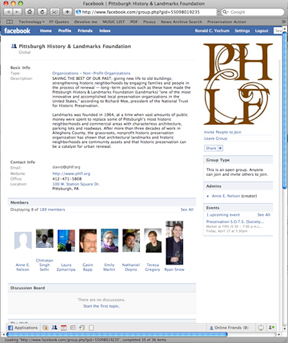 FaceBook, a popular social networking web site, offers individuals and organizations opportunities to present news, events, and discussions. FaceBook is the largest social network, with over 175 million active users.
FaceBook, a popular social networking web site, offers individuals and organizations opportunities to present news, events, and discussions. FaceBook is the largest social network, with over 175 million active users.In early March, staff members Anne E. Nelson, Michael Sriprasert, and David Farkas collaborated to create a presence on FaceBook that promotes Landmarks tours, events, and issues important to the Preservation Community.
Membership events that are planned will be announced though FaceBook as well as on our PHLF Tours & Events section of our web site.
-
Landmarks Joins City of Chicago’s Appeal of Landmark Decision
by Anne E. Nelson, General Counsel
PHLF News
March 11, 2009On March 11, 2009, Landmarks joined the National Trust for Historic Preservation, Landmarks Illinois, New York Landmarks Conservancy, Cleveland Restoration Society, sixty-three Illinois municipalities and other organizations in filing an amicus curiae motion before the Supreme Court of Illinois in the case Hanna v. City of Chicago. In Hanna, two Chicago property owners challenged the constitutionality of the city’s landmark ordinance creating a historic district that included the property they owned. The property owners were successful at the appellate court level.
The brief urged the Supreme Court of Illinois to accept the City of Chicago’s Leave to Appeal and to reverse the appellate court’s decision that Chicago’s landmarks ordinance was “vague, ambiguous, and overly broad,” and that, as such, the ordinance amounted to an unconstitutional delegation of discretionary authority by the Chicago City Council to the Landmarks Commission.
The brief made the following four arguments:
- The appellate court’s opinion threatens the validity of similar laws and ordinances throughout Illinois;
- The United States District Court upheld the constitutionality of Chicago’s landmark ordinance against a vagueness challenge in 1977 and 1994;
- In other states, courts have overwhelmingly rejected vagueness challenges to criteria for designating landmarks and historic districts in local preservation ordinances; and
- Courts have upheld preservation ordinances in 24 states and the District of Columbia against vagueness and unlawful delegation claims.
On March 24, 2009, the Illinois Supreme Court denied the motion of the amici to file a state in support of the City of Chicago’s petition. While disappointing, the filing was still successful in calling the court’s attention to the many cities and organizations from around the nation that support the City of Chicago’s position.
-
Landmarks Community Capital Corporation and its Partners Announce a New Business Initiative, The Metropolitan Loan Fund of Pittsburgh
The Metropolitan Loan Fund of Pittsburgh (MLFP) is a new loan fund with an emphasis to increase minority entrepreneurship. It is a public/private partnership collaborative designed to provide flexible financing and technical assistance to new and existing businesses which are located in or serve the Pittsburgh Metropolitan Statistical Area.
The partners include Landmarks Community Capital Corporation (LCCC), State Senator Wayne D. Fontana (through the Pennsylvania Department of Community and Economic Development), Allegheny County Department of Economic Development, the City of Pittsburgh’s Urban Redevelopment Authority, Neighborhood Business Inc., and Bridgeway Capital including support from the Heinz Endowments. At present, The MLFP has $1.75 million in committed funds to spur more business opportunities in the Pittsburgh region.
Dr. Howard B. Slaughter, Jr., Chief Executive Officer of LCCC will announce the start of The MLFP at Dorsey’s Record Shop, a third generation minority-owned business in Homewood on Friday, February 13th at 10:00 a.m. He said, “According to the 2002 Census Bureau’s economic data, Pittsburgh had the 6th smallest number of black-owned firms among the top 40 metropolitan regions in the country. The number of black-owned firms in the region did increase by 39% between 1997 and 2002.
The MLFP is designed to help increase the number of minority firms in the region, coupled with strong technical assistance, which will help these firms navigate the vicissitudes of entrepreneurship. The MLFP will also place a significant amount of emphasis on women-owned businesses, which are growing faster by nearly 57% than those businesses owned by men or non-minority women. Women of color are establishing businesses at twice the rate of their male counterparts and more than four times that of non-minority entrepreneurs according to a new study released by the Commerce Department’s Minority Business Development Agency.”
State Senator Wayne D. Fontana said, “I am proud to support The Metropolitan Loan Fund of Pittsburgh and was eager to partner with Landmarks Community Capital Corporation, community organizations, the County and the City to provide a boost to minority businesses in our region. This program is evidence of what we can do working together – and the projects that can be undertaken because of the economic development funds made possible through the gaming industry. The program will provide financing and technical assistance to new and existing minority businesses, pieces that are particularly key in this economic climate.”
Allegheny County Executive Dan Onorato said, “The MLFP will benefit our region on two levels – by increasing the number of minority-owned businesses and by encouraging additional economic development,” said Onorato. “Through our MWDBE Working Capital Loan Program, Allegheny County has been promoting minority businesses with the approval of two dozen loans totaling $1.3 million. The MLFP will take these efforts to the next level.”
Mayor Luke Ravenstahl said, “Pittsburgh’s growth is predicted on the growth of entrepreneurship. Businesses bring jobs, jobs bring income stability and stability equates to vibrant urban communities. Today, minority women represent the fastest growth sector of business and the Urban Redevelopment Authority’s lending participation of $250,000 in The Metropolitan Loan Fund of Pittsburgh in addition to the other great partners is indicative of the City’s commitment to growing minority business. I am again pleased that Dr. Howard B. Slaughter, Jr., CEO of Landmarks Community Capital Corporation is at the forefront of the creation and implementation of new and exciting initiatives, which continue to benefit Pittsburgh and the region.”
Speakers at the press conference include:
- Rev. Ricky Burgess, City Councilman, District 9
- Wayne D. Fontana, State Senator
- Joseph Preston, Jr., State Representative
- Luke Ravenstahl, Mayor, City of Pittsburgh
- Mark Peterson, President, Bridgeway Capital
- Dr. Howard B. Slaughter, Jr., CEO, Landmarks Community Capital Corporation
-
Landmarks Community Capital Corporation & Carnegie Mellon University’s Heinz College Hold Landmarks Economic Development Case Challenge
PHLF News
November 14, 2008
by Michael SriprasertIn light of the recent efforts to bring a grocery store to the Hill District, Landmarks Community Capital Corporation, in partnership with the Heinz College, engaged 25 students in the Heinz Colleges’ first ever non-profit case challenge. Titled the “Landmarks Economic Development Case Challenge”, students were introduced to the issue that is gaining more attention both locally and nationally: The dearth of quality grocery stores locating in urban markets.
LCCC presented the topic to students and took them on a site visit to the Hill District to speak with local leadership engaged in the grocery store development. LCCC then took the students to Wilkinsburg to meet with the Mayor and the owner of the Save-A-Lot that just opened two years ago to give students a better understanding of the impact grocery stores can have in urban markets and to give them more insight into the business of operating a grocery store in these types of areas.
After a week of conducting their own due diligence, the students presented on which development they thought would have the greatest likelihood to succeed and would drive positive change for the Hill District and for its residents The panel of judges was made up of professors, economic development professionals, City of Pittsburgh leaders, business professionals from the Hill District and Wilkinsburg, and LCCC staff. The judges all agreed that the presentations were excellent, and making a decision about the top three was very difficult. After over an hour of deliberation, the winning teams were decided upon:
1st Place Winners – Save-A-Lot
Chapel Dcunha, Jebran Syed, Shruti Mohandas, Emily Burnett, Ling Zhai2nd Place Winners – Kuhns
Russell Pustejovsky, Matt Solomon, Jarrod West, Eddie Wilson3rd Place Winners – Save-A-Lot
Conrhonda Baker, Tramaine Brathwaite, Jennifer Clarke, Hanna SmithLCCC & PHLF would like to congratulate all those who participated in the Landmarks Economic Development Case Challenge, and would especially like to thank the Heinz College for engaging LCCC in this great event.
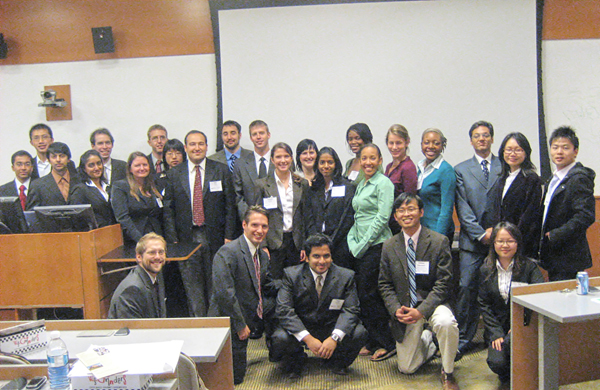
Participants were:
- Conrhonda Baker
- Tramaine Brathwaite
- Emily Burnett
- Jennifer Clarke
- John Cowen
- Chapel Dcunha
- Leigh Halverson
- Kristin Kennedy
- Ashish Mehra
- Sruti Mohandas
- Eric Morris
- Russell Pustejovsky
- Rhajiv Ratnatunga
- Lavanya Shaji
- Hanna Smith
- Matt Solomon
- Michael Spotts
- Jebran Syed
- Huimin Tan
- Zhenyue Wang
- Lu Wang
- Jarrod West
- Eddie Willson
- Jingyi Xu
- Ling Zhai
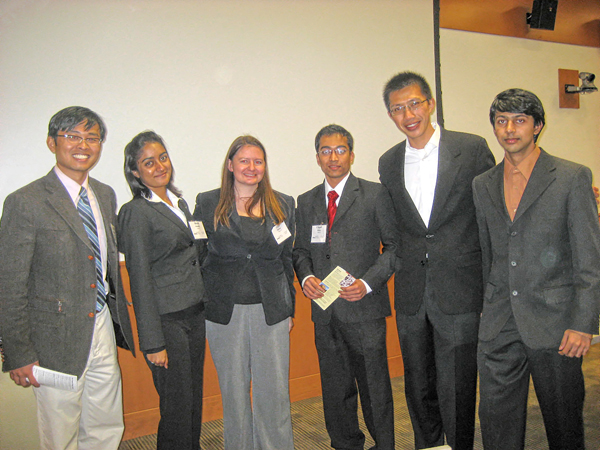
To find out more information about this case challenge, please contact Michael Sriprasert at (412) 471-5808

